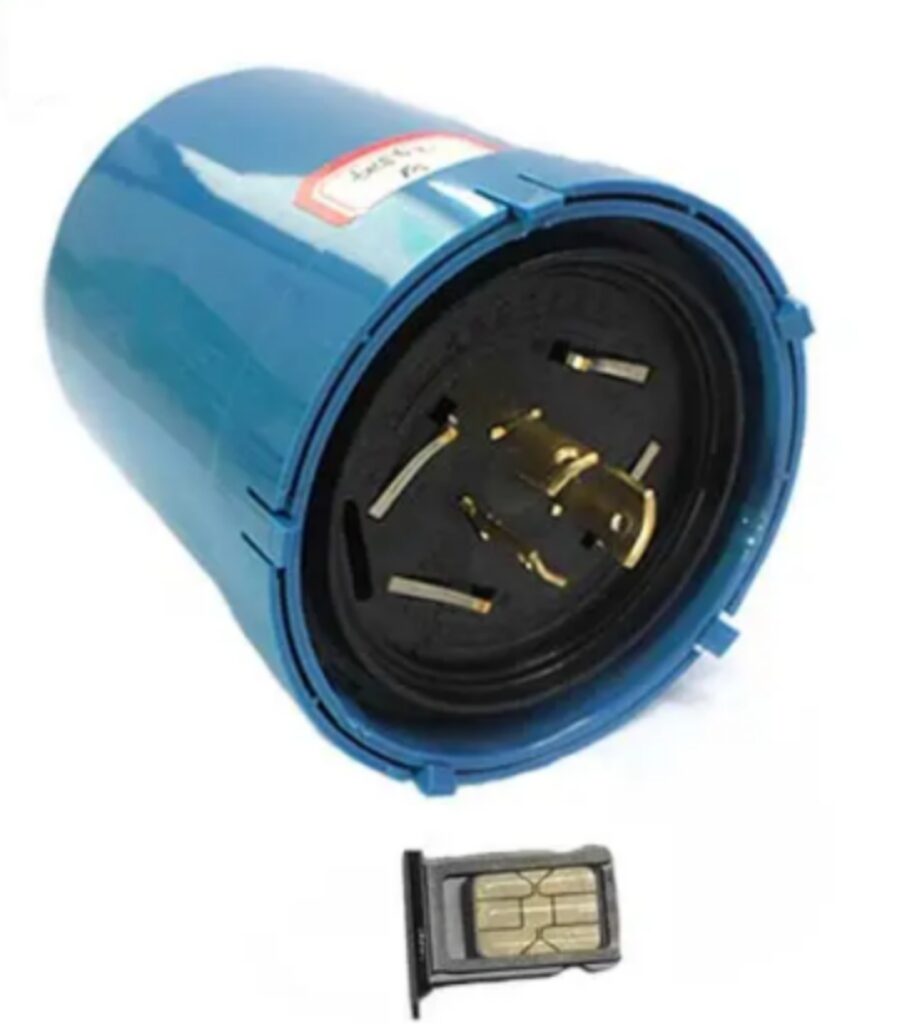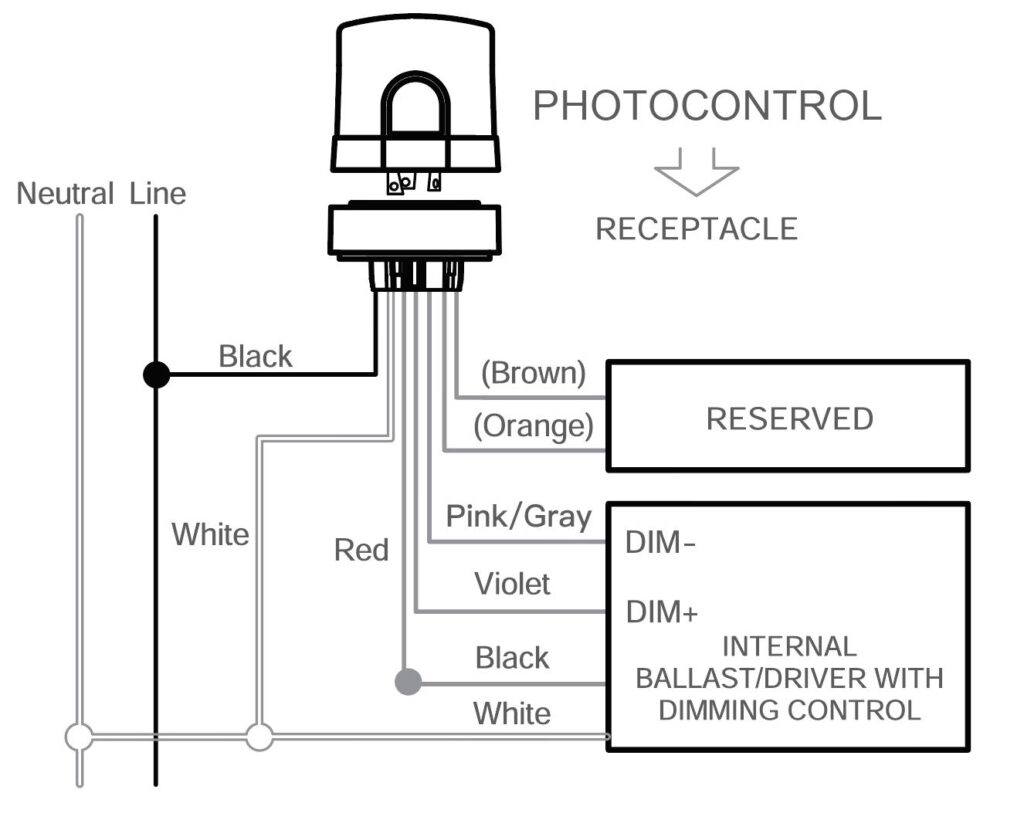Outline
- Introduction
- Heating Element Importance in Outdoor Lighting
- Overview of Two Design Types: Electric Heating and Electronic Structures
- Comparison Between Electric Heating And Electronic Structures
- Material Selection Insights
- Manufacturing Processes Contrast
- Functional Capabilities Analysis
- Energy Efficiency Considerations
- Applications and Performance Suitability
- Safety and Maintenance Comparison
- The Bottom Line
Outdoor lighting must withstand diverse environmental conditions, and an effective heating element design helps prevent issues such as moisture accumulation and thermal stress.
This article delves into the different heating element designs available, focusing on electric and electronic structures.
By understanding the materials, manufacturing processes, functional capabilities, and energy efficiencies of these designs, stakeholders can make informed decisions that enhance the performance and reliability of outdoor LED lighting systems.

Heating Element Importance in Outdoor Lighting
Heating elements are vital in outdoor LED lighting fixtures because they maintain optimal operating temperatures.
Outdoor environments often expose luminaires to extreme cold, affecting their performance and lifespan. Heating elements prevent condensation and ice formation and ensure the electronic components within the luminaires function efficiently.
By stabilizing temperatures, these elements protect against thermal stress and damage, reducing maintenance needs and enhancing reliability. Additionally, well-designed heating systems ensure consistent light output and energy efficiency, which is crucial for outdoor applications where lighting is essential for safety and visibility.
Overview of Two Design Types: Electric Heating and Electronic Structures
In outdoor LED luminaires, two primary heating element designs are prevalent: electric heating and electronic structures.
Electric heating elements use resistive heating, where electrical currents pass through high-heat metals to generate warmth. This straightforward approach provides consistent heat output, making it suitable for various environmental conditions.
On the other hand, electronic structures employ advanced semiconductive materials and microelectronic techniques to regulate heat. These systems offer precise temperature control and rapid response times, adapting quickly to changing conditions.
Each design has its unique advantages, with electric heating being cost-effective and reliable, while electronic structures provide superior efficiency and performance in technologically demanding applications.
Comparison Between Electric Heating And Electronic Structures
| Aspect | Electric Heating | Electronic Structures |
| Material Selection | Nichrome or stainless steel | Semiconductive materials like silicon or gallium arsenide |
| Manufacturing Process | Simple, cost-effective | Complex, expensive; involves doping and etching |
| Functional Capabilities | Steady, reliable heat output; limited response time and control precision. | Precise heat control, rapid response times; integrates with smart control systems. |
| Energy Efficiency | Efficient at converting energy to heat, but potential heat loss if not well insulated. | High initial cost but significant long-term energy savings; precise control reduces waste. |
| Applications | Versatile for varied environments like gardens, parking lots, parks | Ideal for high-tech environments like smart cities. |
| Safety | Burn or fire risks | Advanced safety measures like overheat protection and automatic shutoff; reduce accident risks. |
Material Selection Insights
Nichrome or stainless steel are two common materials applied in the manufacturing of electric heating elements. The primary reasons behind their selection are their ability to withstand high temperatures and consistent heat output.
In contrast, electronic structures rely on semiconductive materials like silicon or gallium arsenide. These materials enable precise control over the heating process, allowing for quick response times and efficient energy use. Semiconductors are integral to advanced lighting systems that require fine-tuned temperature management.
Manufacturing Processes Contrast
Electric heating elements are known for their straightforward and cost-effective manufacturing process. The method involves forming high-heat metals into resistive elements that produce heat when electricity flows through them. This simplicity translates to lower production costs and makes electric heating elements an economical choice for many outdoor LED luminaires.
In contrast, electronic structure designs employ techniques such as doping and etching to create semiconductive pathways that can precisely control heat generation. While these methods are more complex and expensive, they offer significant advantages in terms of performance and efficiency.
The ability to finely tune the heating response and integrate it with advanced control systems makes electronic heating elements ideal for high-tech applications.

Functional Capabilities Analysis
When comparing functional capabilities, electric heating elements offer steady and reliable heat output, making them suitable for applications where consistent warmth is needed. However, their response time and control precision are limited compared to electronic structures.
Electronic structures excel in providing precise heat control and rapid response times. This makes them ideal for environments where quick adjustments to temperature are critical. Their ability to be integrated with smart control systems allows for advanced functionalities, such as adaptive heating based on environmental conditions.
Energy Efficiency Considerations
Electric heating elements are generally efficient at converting electrical energy into heat. However, they can experience heat loss, particularly in poorly insulated environments or where heat dissipation is not effectively managed.
This potential for heat loss can reduce overall efficiency, making it necessary to consider insulation and design optimizations to maximize performance.
On the flip side, though electronic structures often come with a higher initial cost due to the complexity of their design and manufacturing, they offer significant long-term energy savings. Their ability to precisely control heat output and respond quickly to environmental changes reduces unnecessary energy consumption.
Over time, the energy savings from electronic structures can offset the initial investment, making them a cost-effective choice for applications requiring efficient, responsive heating.
Applications and Performance Suitability

The applications of electric heating elements are multi-pronged. Their robust construction and reliable performance make them suitable for environments with varying temperatures and weather conditions. This can range between residential gardens, commercial parking lots, or public parks. Their simplicity and ease of maintenance further enhance their adaptability to different settings.
Electronic structures are particularly advantageous in high-tech and specialized environments. Their precise control over heat output and rapid response times make them ideal for applications that demand high levels of performance and efficiency.
For instance, in smart cities, where lighting systems are integrated with advanced sensors and control networks, electronic structures can adjust dynamically to changing conditions, optimizing energy use and enhancing functionality.
Safety and Maintenance Comparison
Although generally considered safe, electric heating elements do cause trouble when high-heat metals can become very hot, posing a burn risk or potential fire hazard if not properly managed. Thus, ensuring adequate insulation and placement away from flammable materials is crucial.
Despite these concerns, the maintenance of electric heating elements is relatively simple. They have fewer components that can fail, making them easy to inspect and replace if needed. Regular cleaning and checking for wear or damage are typically sufficient to keep them functioning safely and effectively.
Electronic structures incorporate advanced safety measures to mitigate risks. Features such as overheat protection, automatic shutoff, and precise temperature control reduce the likelihood of accidents. These systems are designed to respond quickly to any issues, enhancing overall safety.
However, owing to complexity electronic structures require more detailed and frequent maintenance. This further requires specialized knowledge to service these systems, and for routine checks which include software updates, calibration, and inspection of the semiconductor materials and connections.
The Bottom Line
Choosing the right heating element design for outdoor LED luminaires significantly impacts their performance and longevity. Electric heating systems offer simplicity and reliability, while electronic structures provide advanced control and efficiency. For optimal results in diverse environmental conditions, consider integrating Chiswear’s smart lighting products, known for their innovative designs that balance durability, energy efficiency, and precise thermal management.






